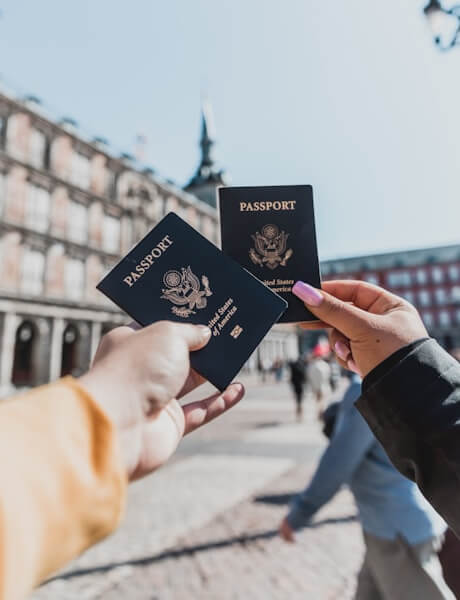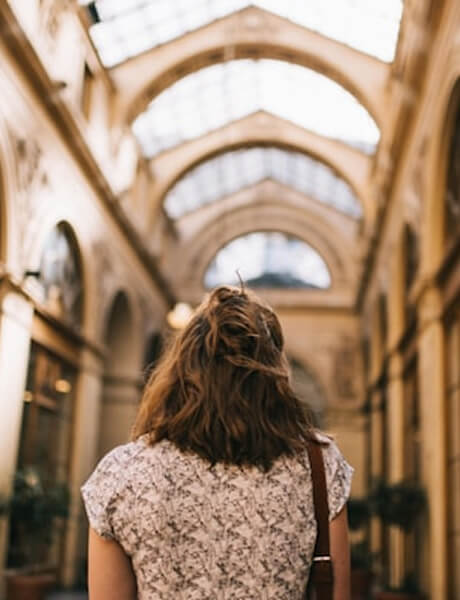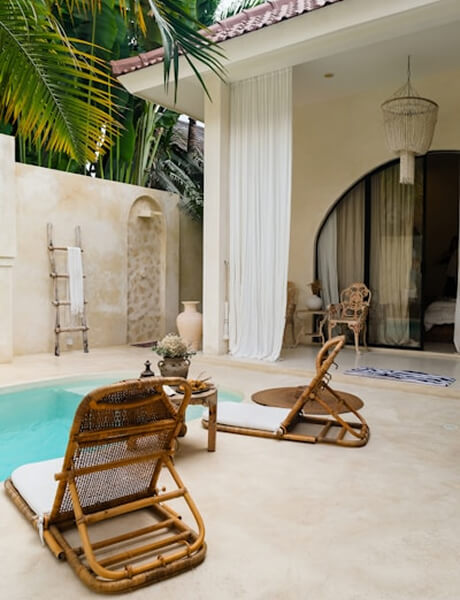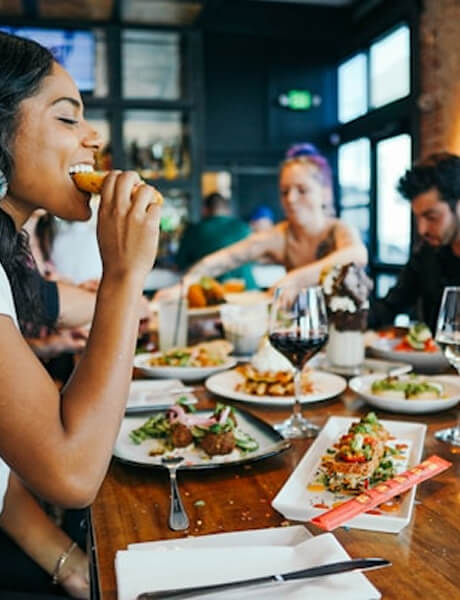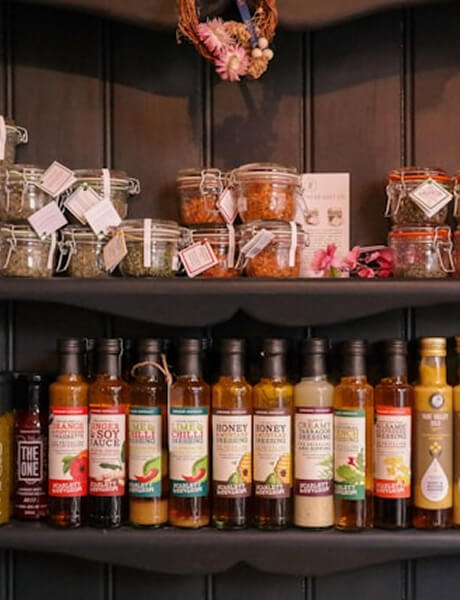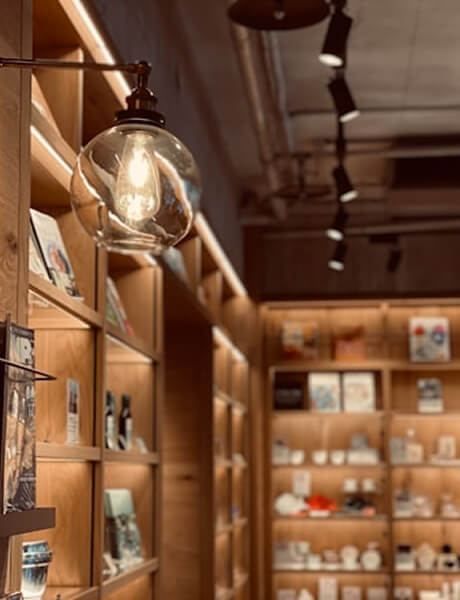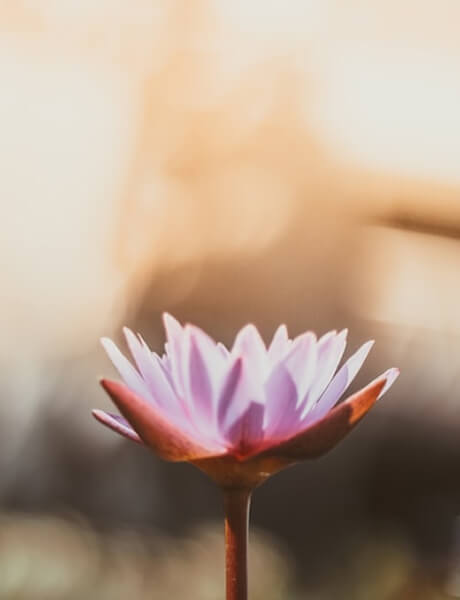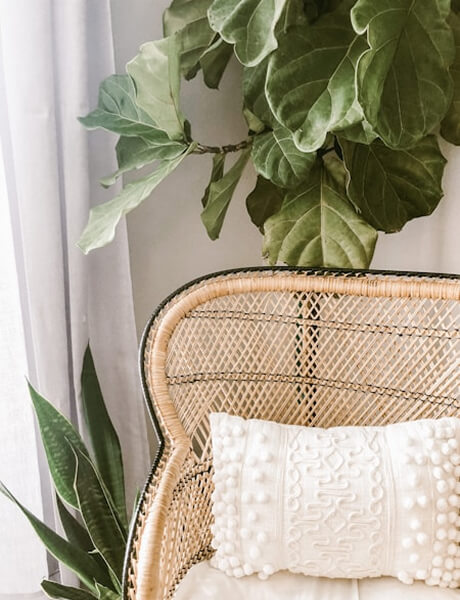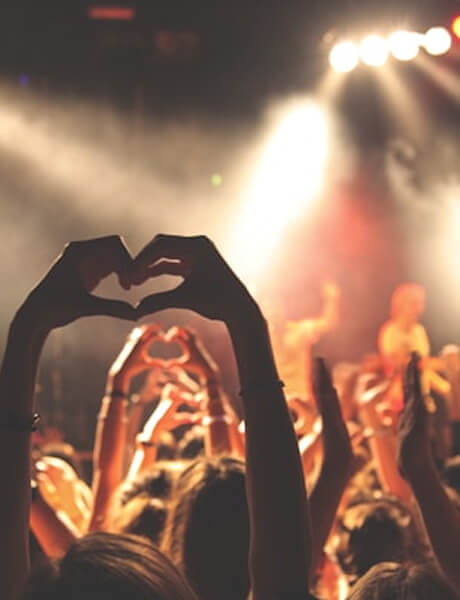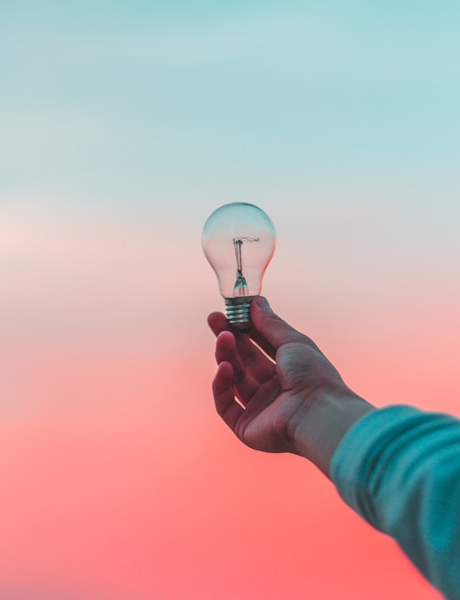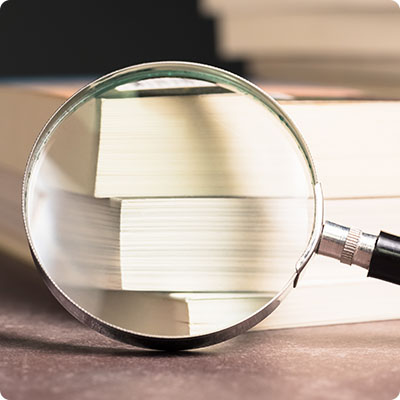
Travel guide Tunisie
The best time to go en Tunisie
Practical information for travel en Tunisie
Get your travel guide: TUNISIE

Where to go en Tunisie?
The most beautiful tourist sites
Other en Tunisie destinations
Petit Futé's best addresses en Tunisie
Discover the most beautiful addresses selected by the authors of Petit Futé.
Featured articles de Tunisie

La coupe du monde du couscous revient à la Tunisie
Updated on 22/09/2025 Travel advice
La coupe du monde du couscous qui se tenait en Italie à San Vito Lo Capo en Sicile mettait en compétition divers pays. Un succès puisque d'après le journal " Le Monde " on comptait 100.000 présences...

Rendez-vous dans le désert tunisien pour la 2nde édition de l'Ultra Mirage®
Updated on 22/09/2025 Ideas for holidays & weekend
Les 29 et 30 septembre prochains aura lieu, à Tozeur, dans le sud tunisien, la deuxième édition de l'Ultra Mirage® El Djerid - UMED -, une course de 100 kilomètres ouverte à tous entre désert,...

Visit the archaeological site of Carthage: what you need to know in 2025
Published on 17/09/2025 Activities and experiences
Tunisia is home to the remains of one of the most powerful cities of antiquity. This guide will help you visit the archaeological site of Carthage with all the important practical information in mind....
How to travel en Tunisie
How to go alone
Tunis-Carthage International Airport is served by many airlines and is located 8 km northwest of Tunis. Tunisia is a country with a good level of security. All you have to do is pay attention to your business, especially in the souks. Throughout the country, travellers circulate freely, except in the Saharan areas, where it is prohibited, for security reasons, to enter without prior notification to the national guard.
How to go on a tour
Most tour operators offer stays in Tunisia. We can make a big tour of Tunisia in 15 days. But you can also choose to do a shorter thematic stay of about a week: seaside, around the most beautiful beaches of Tunisia; cultural, to discover the medinas and the Roman ruins; adventure, in the heart of the desert. The good news is that distances are quite short in Tunisia so the time spent in transportation is rarely long during the tours.
How to get around
A network of long-distance buses serves all cities and is the cheapest means of transportation. You can also rent a car quite easily, it is a good way to get around everywhere but beware of the sporty driving of Tunisians. In the South, and especially on the desert tracks, you need a 4x4. The Tunisian railway network is good but does not serve the whole country. Domestic airlines serve the most important cities, but the fares are quite high.
Book your next trip with Kayak
Travel en Tunisie
Ideas for holidays and week-end breaks en Tunisie
Si vous disposez seulement d’une semaine de vacances, la Tunisie est une destination idéale ! Les courtes distances entre les divers sites et points d'intérêt touristiques permettent une mobilité moins éprouvante qu’ailleurs. Néanmoins, on se laissera facilement surprendre par la douceur de vivre qui règne ici dans une médina, là sur une plage, plus loin devant un site archéologique… Résultat : on en oublierait presque l'existence de la montre et du temps qui passe ! Pour ne pas se presser et vraiment ressentir la Tunisie, nous vous conseillons, sur une semaine, de vous concentrer sur une région. Si vous disposez de deux semaines, vous pourrez découvrir plusieurs régions. Si vous avez trois semaines devant vous, vous pourrez arpenter une bonne partie du pays. Nous vous proposons aussi des séjours thématiques : la Tunisie étant très riche sur le plan culturel et naturel, on pourra y venir et y revenir sans se lasser !
Services
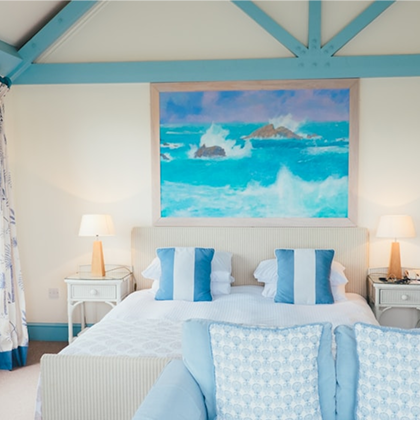
Find a hotel with Booking.com
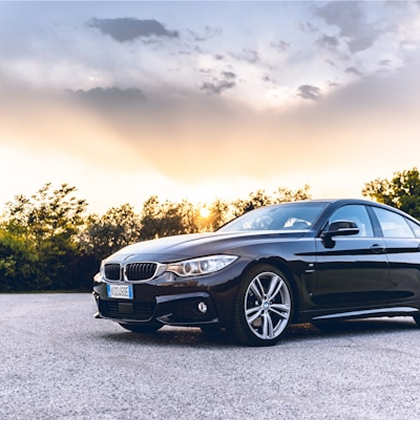
Rent a car with Bsp-auto

Create a blog and travel journal
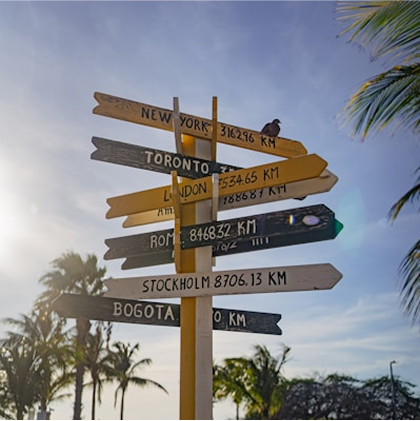
Find an agency with Quotatrip
Find unique holiday offers with our partners
Discover la Tunisie
Did you know that Tunisia boasts the world's largest collection of mosaics, that it is divided into five bioclimatic zones, or that its population is estimated at just under 12 million? The aim of these dossiers is to help you discover different aspects of Tunisia, from its geography to its climate, from its flora and fauna to its popular religions and beliefs, as well as the souvenirs to bring back with you from your trip. A country wouldn't exist without its history. The History section retraces the major events that led Tunisia to its current situation. You'll see that the country's current challenges are numerous, mainly focused on the economy and the unstable political situation. Enjoy reading these pages, which we hope will provide you with a wealth of information you didn't know about, or add to your knowledge of Tunisia.
The 12 keywords en Tunisie

Bab
The bab, door in Arabic, designates in particular the accesses by which one penetrates in the medina (the old Arab city, as opposed to the city of more recent construction). The bab often give their name to the surrounding districts. The gates of the desert are also generally represented by a bab before the first dunes.
Dar
Dar Miloud, Dar Said... the dar is the house in Arabic, the house Miloud, the house Said, etc.. A primordial term in a region where the family, which holds a capital importance, is often defined in relation to its home. The emergence of guest houses, often called Dar, makes the term resurface in favor of this new form of hotel.

Dromedary
No camels in Tunisia, but dromedaries. Resistant to desert conditions, the herbivorous animal has been exploited for thousands of years by nomads for its endurance, its skin, its meat and its milk. Nowadays appreciated by tourists, it is still very common in the South. Majestic and intelligent, it deserves to be (better) known!
Women
Of all the countries in North Africa, Tunisia is one of those where women enjoy more freedom: gender equality, the right to divorce, abolition of polygamy, etc. Started under Bourguiba, the liberation of women continues to be confirmed. In rural areas and in family life, the reality can however be more nuanced.
Hammam
An important component of the Islamic world, the hammam is intended for the purification of the believer and his hygiene. This place also has a social function. One goes there to wash, of course, but also to meet and exchange the latest news. As the signs are not easy to read, it is better to ask Tunisians where to find them.
Jasmine
It is the national flower, men and women wear it at any time of the day. The flower is worn on the ear or held between the lips... In jasmine are the words yas (despair) and min (lie): the perfume of the jasmine prevails over all the other flowers, it would be it that the adulterous husbands offered formerly to their mistresses...

Mosaics
A legacy of the Roman era, Tunisia boasts one of the finest collections of mosaics in the world. This art form juxtaposes square fragments of stone and marble (called tesserae), to reproduce scenes of daily life, hunting, mythology... Works to be admired at the Bardo Museum or on ancient sites such as Bulla Regia.
Oasis
Oasis crops are structured on three levels to obtain a multitude of fruits and vegetables. On the first level, the highest: date palms. Just below, the fruit trees: pomegranate, orange and banana trees. On the ground, finally, the low crops: carrots, turnips, salads, peppers... A real paradise for the eyes!

Olive
In oil, on plates, used to name places, zeitoun are everywhere! And with tabouna, these traditional breads, they constitute a meal by themselves. The cultivation of olive trees dates back to the Phoenician era and was developed by the Romans. The olive tree occupies about two thirds of the country's tree surface.
Arab Spring
The popular protest movements led to the fall of Ben Ali on January 14, 2011. The Tunisian revolution that put an end to the dictatorship, with the slogan Get out, will be followed by other peoples of the Arab world, it is the beginning of the Arab Spring. Today, the revolutionaries are not satisfied with the current policy in Tunisia.
Ramadan
Traveling during Ramadan is an experience. It is a month of fasting, which follows the lunar calendar. There is an unusual atmosphere. With deserted shops, the days are stretched out waiting for the meal at sunset. But the nights are restless and the cities come alive. Out of respect, avoid drinking or eating in public.
Tea or coffee
Mint tea is drunk according to a precise ceremony and is often accompanied by tasty grilled pine nuts. A delicacy not to be refused under any circumstances, politeness obliges. Tunisians are also great consumers of coffee that they enjoy on the terrace. Direct, coffee cream, express or other Turkish coffee: you will be spoilt for choice!
You are from here, if...
You can accept mint tea at any time of day! Because it's polite to accept an invitation to drink tea!
You negotiate with a smile in the souks. Even if it's the merchant who comes out the winner, you'll have had a good time.
Leave tips. Tipping is widely practiced in cabs and restaurants. And even if it's not much, it's something!
Avoid going out in the middle of the day when it's hot... Especially as, in the south and inland, everything is often closed between midday and 3pm!
You're discreet with your partner. You won't see any outpourings of love in the street. Declarations of love in public will be made through the eyes...
You cover your shoulders and thighs, ladies. You really shouldn't walk around in shorts or short skirts, out of respect and... you don't want to be stopped too much by Tunisians, who can be quite insistent with European women.










